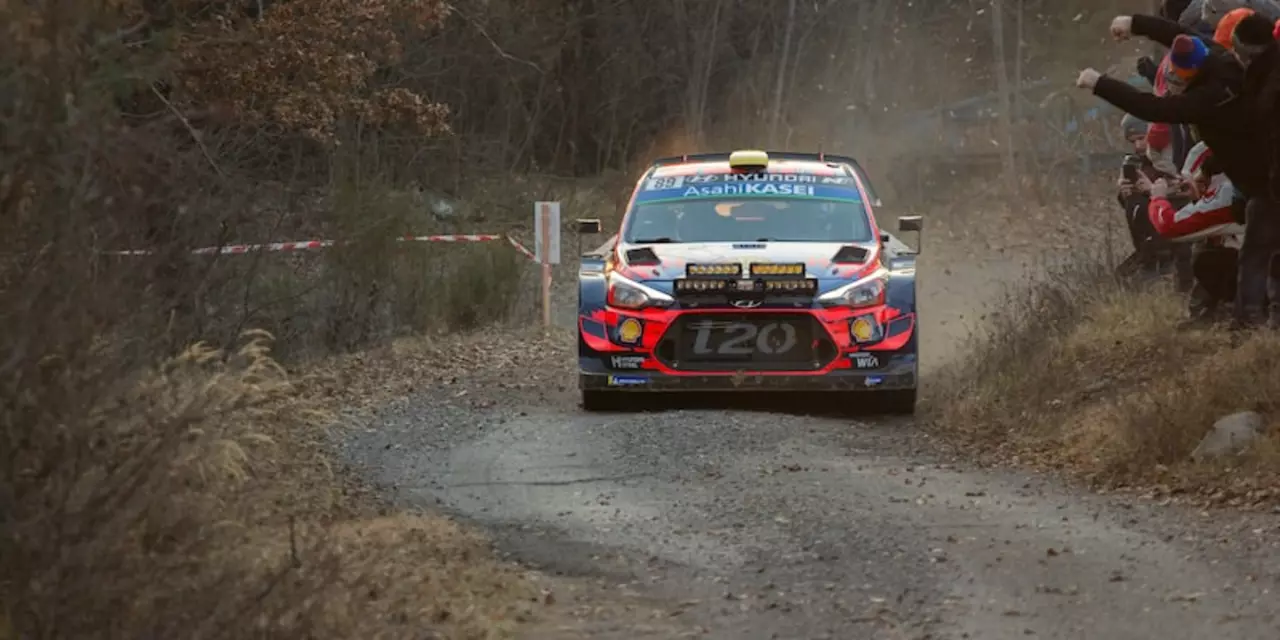Rally Drivers: What You Need to Know
If you love the roar of engines and the splash of mud, you’ve probably wondered what makes a rally driver click. It’s not just raw speed – it’s a mix of technique, gear knowledge and a solid partnership with the co‑pilot. Below you’ll find the basics every driver should have on hand, whether you’re just starting out or looking to sharpen your skills.
Essential Driving Techniques
First up, the hand‑brake. Most new drivers think it’s only for show, but in rally it’s a workhorse. You’ll use it to pull the rear wheels loose for tight corners or to spin out of a tricky hairpin. The trick is to apply it just enough to lock the rear without losing control. Practice the “hand‑brake turn” on a safe, low‑grip surface and you’ll feel the difference instantly.
Next, understand when to lean on front‑wheel drive (FWD) versus all‑wheel drive (AWD). FWD cars can be surprisingly nimble on tarmac because the weight sits over the drive wheels. On loose gravel they’ll under‑steer, so you need to adjust your entry speed and keep the steering smooth. Knowing the limits of your setup lets you stay fast without sliding off the road.
Finally, remember that rally isn’t a sprint – it’s an endurance test. Maintaining a steady pace helps preserve the car and your energy. Too aggressive early on can lead to tire wear or a mechanical failure that costs you the whole run.
Behind the Wheel: Gear, Hand‑Brake & More
Rally cars have two main sticks you’ll be juggling: the gear lever and the hand‑brake. The gear lever lets you shift quickly between short gears for climbs and taller gears for straight sections. Learning to match revs while shifting saves time and keeps the engine happy. Most drivers use a sequential gearbox, so you only push or pull – no H‑pattern confusion.
The hand‑brake, as mentioned, is your secret weapon for sudden direction changes. Some drivers keep a light foot on the clutch while pulling the hand‑brake to keep the engine revs high, ready for a burst of power once the corner is set.
Don’t forget the co‑pilot. Their role goes beyond reading pace notes – they keep the driver on time, warn about upcoming hazards and even help manage tyre strategy. A good co‑pilot talks in a calm, steady voice, delivering information just before you need it. Practicing together builds trust and cuts down on missed cues.
When you’re ready to take these skills to the road, start with local club events. Many clubs offer beginner stages with shorter courses and safety briefings. Bring your own car if you can, but a rental rally‑prep vehicle is fine for the first few tries. Safety gear is non‑negotiable: helmet, fire‑proof suit, roll cage compliance and proper harnesses keep you protected when the dust flies.
In short, becoming a solid rally driver is about mastering the hand‑brake, understanding your car’s drivetrain, syncing with your co‑pilot and pacing yourself through each stage. Keep practicing, stay curious, and you’ll feel the adrenaline rush of a true rally hero in no time.

How many spectators are killed in rally races?
Rally racing is one of the most dangerous motorsports with a high chance of fatalities, both among drivers and spectators. Since the birth of rallying in the early 1900s, hundreds of drivers, co-drivers, and spectators have been killed in rally accidents. The exact number of spectators killed in rally races is difficult to pinpoint, but the most recent estimates suggest it could be as high as 150.